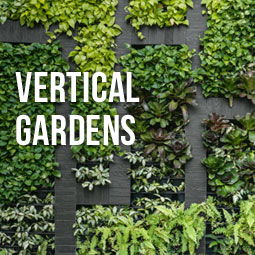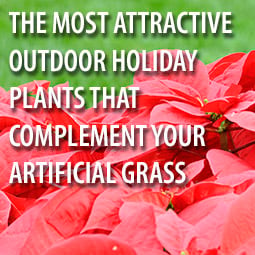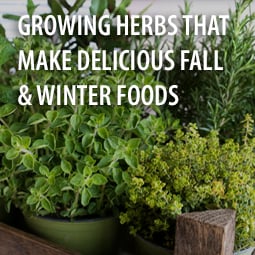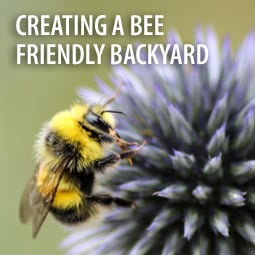 If you can’t give your garden a larger footprint, you can still make it bigger. Just go up instead of out! Verticality provides an important sense of dimension and depth, whether you have a vast landscape or a small yard or no more garden space than a balcony. If having a variety of heights didn’t matter aesthetically, you could plant nothing but groundcover. Or nothing but tall trees. Yawn.
If you can’t give your garden a larger footprint, you can still make it bigger. Just go up instead of out! Verticality provides an important sense of dimension and depth, whether you have a vast landscape or a small yard or no more garden space than a balcony. If having a variety of heights didn’t matter aesthetically, you could plant nothing but groundcover. Or nothing but tall trees. Yawn.
Have an ugly or boring wall you’d love to cover up? Think vertical garden. Weird-shaped yard? Think vertical. Just want a different look? Think vertical garden. This is one of the hottest trends in home landscaping, because there are so many ways to “go up” with your garden. Plus, it leaves maximum ground space for a fluffy, lush artificial grass lawn.
You can use store-bought containers or found objects as vertical planters, or you can make your own. The only requirements? Your container must be able to hold soil and provide drainage, and your wall or other support must be strong enough to hold the weight.
Things that hang
Hanging pots filled to overflowing with pretty flowers have been a mainstay of home gardens and downtown streets for decades. The variety of plants suitable for hanging planters has grown tremendously in recent years. Not only flowering plants that trail, but greenery, too. And not all that greenery is green. You can find lovely options with leaves of bright yellow, chartreuse, cream, gray, red, bronze – trailing beauties to fit any color scheme.
Any plants that work well in hanging pots will work in other types of vertical gardens, too. Plant them individually in small pots, then attach the pots to your wall. Or attach a window box container to the top of your fence and plant it with lovelies that will trail down. Small fruits or veggies such as strawberries, lettuces, and radishes are perfect candidates for vertical planters.
Cover a wall, or create one
Creeping vines are a great option for permanently covering a fence or wall, since they cling to the surface itself. Think ivy, except think about something truly stunning such as climbing hydrangea. Other climbers need support. Clematis are pretty twined through a wire fence (or your balcony railing) to create a privacy screen, whereas wisteria and trumpet vine are very heavy and require more support from an arbor or pergola.
Vining veggies such as cucumbers and mini-pumpkins love trellises, and they make a unique statement in your vertical garden.
You can also hide a wall beautifully with espalier – fruit trees, hedge shrubs, or other woody plants such as raspberries and blackberries – trained to grow in a narrow format.
Short vining annuals or shorter varieties of clematis make lovely container plants – just plant them in the middle of the pot with a homemade or store-bought mini-trellis and surround them with small or trailing flowers and/or greenery. (Place containers like this on wheeled platforms and you can move them around to create temporary low walls or privacy screening.)
No hangers and no wall? No problem!
Tiered planters are all the rage now because they allow you to go vertical in a free-standing format. They are ideal for the corner of your balcony, as accent containers on your patio, or as a focal point in your garden. They have become hugely popular, in part because there are so many ways to create them and looks you can achieve.
Many of the most appealing garden fountains are made from tiered, shallow containers that allow water to cascade downward. Tiered planters are much the same and, in fact, you can create a combination structure that features both plants and water.
You’re already thinking of ways to go vertical in your garden, aren’t you? Which project will you do first?












